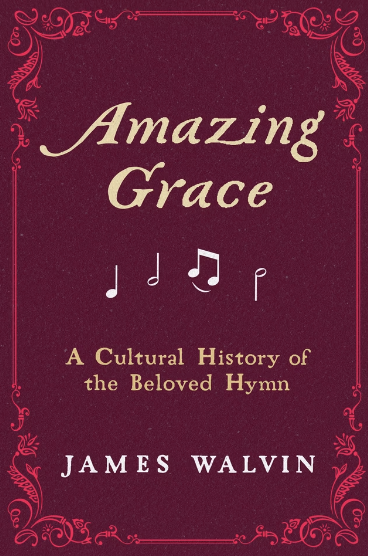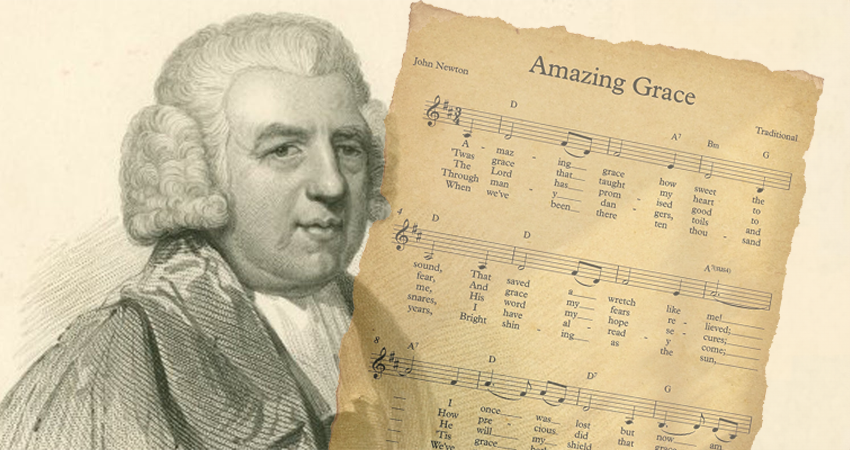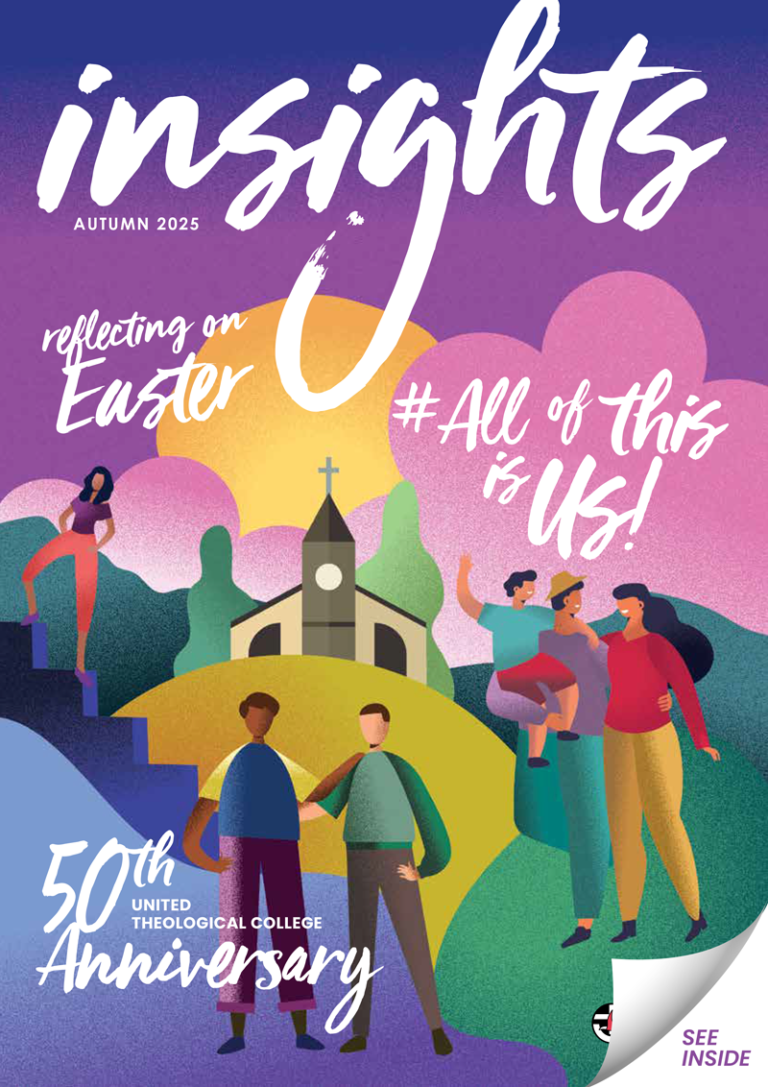Review: Amazing Grace: A Cultural History of the Beloved Hymn, James Walvin, University of California Press
Someone with a passing familiarity with the hymn ‘Amazing Grace’ might have the idea that John Newton wrote it when he turned from the wretchedness of the slave trade to God (thereby explaining its significance for Black congregations). But there is no evidence that Newton linked the song to slavery – one of the surprising facts in the long history of the song that James Walvin dedicates his book to.
The song was written in 1772 – the words, that is, amongst a number of hymns penned after Walvin had become a minister. He wrote a whole hymnal-full, in the midst of Methodism’s more democratic, post-Reformation spirit of congregational hymn singing. It travelled to the US in a climate of revival, where passionate hymn singing was common, in homes as well as churches.

Its appeal is in the mixture of simple words with emotional impact and the melodic, lilting tune. Yet the tune we are so familiar with is not its original tune. It was written at a time, as in the folk tradition, where words and music floated independently, and various conjunctions were common. The now famous tune is, ironically, from the US rather than Britain but is entitled ‘New Britain’, with roots in the Celtic tradition exported to America. It was joined to the words 50 years after Newton wrote them.
Although it is almost unimaginable now to sing ‘Amazing Grace’ to a different tune, and the mix of music and words has been described as ‘hand-in-glove’ and ‘a perfect marriage’, in a way there is some incongruity. The uplifting parts of the lyrics occur on the lower notes (‘now am found’), as if lessening them, while ‘wretch like me’ is on an anticipated, high note.
The appeal of the words is partially based on the backstory. As a boy, Newton lived by the Thames. His father was a mariner and not particularly religious, while his mother, who died when he was young, was a dissenting Christian who instilled in Newton a love of hymns, especially those of Isaac Watts. By his own admission, Newton was an ‘undisciplined’ and ‘libertine’ youth, who followed his father to sea on slave ships, eventually captaining one.
Yet he read theology passionately, in dissenting fashion. Though popular lore about the song conflates Newton’s conversion, abolition and hymn-writing, his experience of being saved is tied to being rescued from a near-shipwreck rather than from the moral shipwreck of the slave trade. He saw this as a sign of grace, indicating not that he should give up slaving, but simply that he should turn from the frivolities of youth.
Later, he did do his part in the anti-slavery campaign, but this was long after the hymn was written, and he seems to have been a devout Christian while working in the slave trade, and it was his physical rather than spiritual health that stopped him slaving and turned him to the ministry.
Walvin finds all this perplexing, but it is perhaps less so if we remember that this was a very different world – not only was life generally more brutal, but widespread attitudes in white society to Black people were that they were not quite human or at least naturally inferior to whites. The abolitionist movement took so long to succeed not only because of the entrenched economic interests, but because of entrenched attitudes.
Nevertheless, the hymn resonated with Black church audiences because it seemed to tell the story of both physical and spiritual slavery and freedom. Though initially excluded from some Black churches because it was a revivalist hymn and those churches were becoming more formalised and aiming for discipline and respectability, revival meetings and the new availability of hymnbooks meant ‘Amazing Grace’ became part of Black gospel culture.
It became more popular as pianos and sheet music became ubiquitous, but as the nineteenth century tipped into the twentieth, recorded versions took over. In the 1920s historians and enthusiasts used the new recording technologies to record folk songs, including ‘Amazing Grace’, still existing in various tunes. This was in the US, Walvin explains, where it was far more popular than in the UK, where it was considered to be one of Newton’s lesser works. Like other great artistic works, such as Moby Dick or the songs of Bach, it had its periods of obscurity and revival.
Although Walvin doesn’t mention it, the now-familiar tune, I think, also lends itself to a gospel setting because of its bluesy phrasing and chords. The syncopated nature of the melody also lends itself readily to jazz. In fact, it seems to have been covered in every style imaginable. Not only that, but it is also often referenced elsewhere – merely one example I stumbled upon recently is ‘Prison Wall Blues’ by Gus Cannon (circa 1928).
Mahalia Jackson is a singing star associated with ‘Amazing Grace’. She featured prominently in the Civil Rights movement, often singing it alongside Martin Luther King. It was linked to protests, sung by Arlo Guthrie at Woodstock, and by Joan Baez, usually, as in Black churches, encouraging the audience to sing along. A Judy Collins a acapella version sold in the millions. Walvin writes that it is a common choice for those trying to encourage hope in the midst of dire geopolitics. These days, it is inevitably sung after an American national tragedy, as President Obama did at a funeral in a Black church in 2015 after a mass shooting.
Aretha Franklin sang a famous rendition at the New Temple Missionary Baptist Church in Los Angeles in 1972, as part of her (live) recording of her best-selling gospel album (where Mick Jagger was briefly in the audience – it doesn’t seem to have had much effect on him). A documentary on its making was aired in 2018. Here, Aretha wrestles with the melody, ad-libs and tears the roof off. The audience hoots as if at a boxing match; it is a performance that gives chills. The version is simultaneously jaunty and slow and stretched, with Franklin masterfully building tension for the anticipated high note on ‘me’.
An instrumental bagpipes version was immensely popular in the UK, and though the pipers were really playing ‘New Britain’, it is probable many listeners were hearing the words in their heads. Though it expresses a Christian, particularly Protestant, faith, the hopeful, lost-found narrative appeals wider. Astonishingly, Walvin writes that many listeners do not know of its religious theme or background.

Somewhat in contrast, in 2006 Chris Tomlin, a prominent contemporary praise and worship writer and singer, with the somewhat typical hubris of the genre, decided that the hymn could be improved by the addition of a chorus. The chorus begins, on a rising melody, with the lyrics ‘My chains are gone’, making more explicit the link that Newton didn’t make when writing the song, between the slave trade and redeeming grace.
Nick Mattiske blogs on books at coburgreviewofbooks.wordpress.com and is the illustrator of Thoughts That Feel So Big.













1 thought on “Amazing Grace, How Sweet the Sound”
Heart touching song